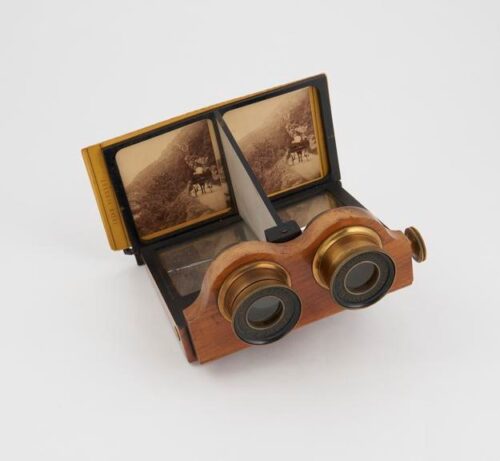
Lublin through Witold Marczewski’s lens | exhibition
Workshops of Culture in Lublin are pleased to invite you to an exceptional exhibition featuring the works of Witold Marczewski. Whether you’re a photography enthusiast, a travel buff, or a history lover, there’s something for everyone among the photographs on display. The exhibition will be held at the Hartwig Alley and will be available for viewing in June.
About the event
Witold Marczewski was an electrical engineer and translator but also a passionate photographer. He travelled extensively for work and took thousands of photos in various places, such as Baku in Azerbaijan, Istanbul, Greece, France, Italy, and several cities in Poland, including Lublin, Puławy, Kazimierz Dolny, and Warsaw.
The exhibition presents Marczewski’s photographs of Lublin, where he lived from 1922 to 1929. The collection includes images of Lublin’s architecture, including the former Jewish quarter, and snapshots of everyday life during the interwar period.
Around one-third of Witold Marczewski’s photo collection is made up of stereoscopic photographs, which were quite popular during his lifetime. Stereoscopic photography is based on binocular vision, which means that both eyes perceive visual stimuli simultaneously, resulting in a single, high-quality image that creates the illusion of depth. We owe the beginning of stereoscopic photography to Sir Charles Wheatstone who invented the stereoscope in 1832. This binocular device allowed each eye to view a separate image, producing a three-dimensional effect. Considering the time period when this technique was developed, the innovation it brought was truly remarkable. The experience it provided to its creators and first users is comparable to virtual reality.


Witold Marczewski (1877–1944) – an electrical engineer and translator, was a Polish emigrant who lived in Baku until 1920. He and his family fled to Poland before the Soviet conquest of Azerbaijan. After arriving in Poland, the Marczewski family settled in Lublin. From 1922 to 1929, Witold’s wife, Róża, a Sorbonne graduate, served as the director of the State Female Intermediate School (now known as The Union of Lublin High School no. 3 – III Liceum Ogólnokształcące im. Unii Lubelskiej). They later moved to Warsaw, where Marczewski ran a photography studio. In the autumn of 1939, their daughter Róża Elżbieta, a graduate of the painting department of the Academy of Fine Arts in Warsaw, worked in the SZP–ZWZ–AK (Polish Victory Service/Union of Armed Struggle/Home Army), a Polish conspiracy organisation during World War II. Arrested on March 6, 1944 as a result of denunciation, she was imprisoned in Pawiak Prison and interrogated and tortured at Aleja Szucha; she revealed nothing. She was later shot under the assumed name Anna Garczyńska.
Witold Marczewski was deeply affected by his daughter’s death. He was also a member of the Home Army (AK) and was imprisoned in Pawiak. After his release, he passed away in August 1944.
The photos on display come from the Marczewski family collections, which are at the disposal of the House of Meetings with History in Warsaw, the exhibition’s partner.




